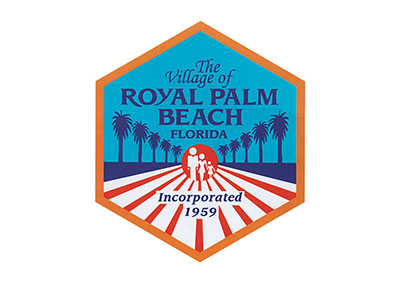The Royal Palm Beach Planning & Zoning Commission on Tuesday, Aug. 24 recommended approval of amendments to the village’s code of ordinances to comply with a United States Supreme Court decision that invalidated a local ordinance in the Town of Gilbert, Arizona, that treated signs differently based on their content.
Village Attorney Amity Barnard explained that the draft ordinance revises the code to comply with a recent Supreme Court decision based on First Amendment law that invalidated an ordinance that treated signs differently based on their content.
“Strategically, we didn’t do this immediately when the decision came down to see how it was going to play out in the law,” Barnard said. “That was an intentional thing. It’s from a recent case in 2015. We waited on purpose. I tried to give you a pretty thorough explanation of the sections that are changed so that it was as clear as it could be.”
She said the draft ordinance states that what the village cannot do anymore is regulate signs based on content.
“You’ll see that many of the strikethroughs put in content-neutral language,” Barnard said. “We’re not regulating political signs strictly because they’re political signs. We’re regulating signs that meet the legal test under that case, if we were challenged, that it would not be overturned.”
She added that there is nothing really substantive in the ordinance changes in terms of the sign regulations themselves.
“There’s no changes to size of signs and number of signs,” Barnard said. “Strictly, we’re just revising this to make it all content-neutral language.”
She added that while they were studying that portion of the code, some typographical errors were corrected, and they changed some inconsistencies with outdated code references.
“In terms of substantive additions, we put in essentially all of the case law, and we put in references to the village’s comp plan. That’s strategic by design. We put that in there so that if the village’s ordinance is challenged, we have enough substance to explain why the village is meeting its compelling interests,” Barnard said.
The ordinance includes references to esthetics as well as police powers.
“There’s a whole lot of reference to the various cases, and the legislative intent of drafting this ordinance, but again, it’s designed to ensure that if we ever are challenged, we would meet the legal test, which because of the Supreme Court decision is a pretty high legal standard, so there’s a reason for all of that language being put in there,” Barnard explained.
Commissioner June Perrin made a motion to recommend approval of the ordinance updating the village’s sign code, which carried 5-0.








